Thank you for your
attention on Yesheng !
Drawing Process of Titanium and Titanium Alloy Wires
Titanium and titanium alloy wires, the shining stars of the material world, have demonstrated their exceptional properties across various fields, ranging from the vastness of aerospace to the intricacies of healthcare, from the robust oil and petrochemical industries to everyday sports and leisure activities. They consistently display their unique charm. Notably, over 80% of titanium and titanium alloy wire are used as welding wires, acting like the bonds that connect the world, carrying a mission of strength and reliability.
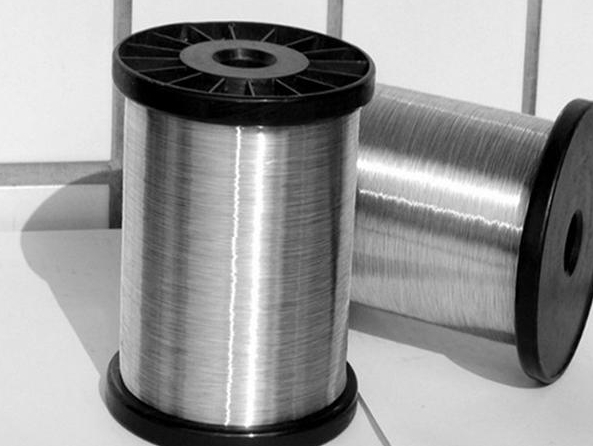
The drawing process of titanium and titanium alloy wires is a crucial step in the transformation of this material. Under the precise application of drawing force, wire rods or billets are slowly pulled through a die, undergoing fine shaping to become titanium and titanium alloy wires with smaller cross-sections. This process is not merely a physical transformation of the metal but a perfect blend of technology and artistry. Fixed-die drawing, known for its stability and reliability, is a traditional technique in metal wire production. However, when it comes to processing titanium, a material notoriously difficult to handle, traditional processes must continuously innovate. To improve the surface quality of titanium wires, surface treatment before drawing becomes particularly important. Through oxidation treatment, coating, and other methods, a "protective layer" is applied to the titanium wire, allowing lubricants to better adhere to the surface, effectively reducing friction and enhancing product quality.
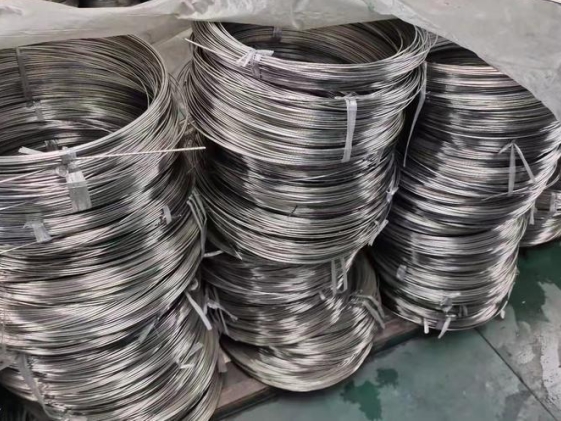
In addition to fixed-die drawing, new processes like roller-die drawing, ultrasonic vibration drawing, and die-less drawing have also emerged. Roller-die drawing, with its unique roller design, transforms sliding friction into rolling friction, significantly reducing friction during the drawing process. Ultrasonic vibration drawing utilizes the vibrational effect of ultrasonic waves to further reduce drawing force and improve processing efficiency. Die-less drawing completely abandons the constraints of traditional dies, achieving wire thinning through localized heating, softening, and tension, demonstrating high innovation and practicality.
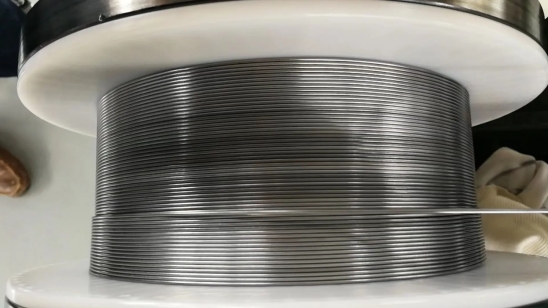
Moreover, techniques like coating-sheath bundle drawing and sheath-scrap extrusion offer more possibilities for the production of titanium and titanium alloy wires. These processes not only improve production efficiency and reduce costs but also enable titanium and titanium alloy wires like 20 gauge titanium wire to be widely used in more fields.
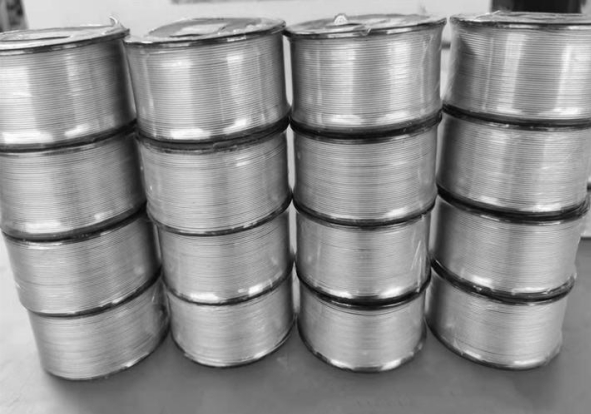
It is worth mentioning that the introduction of four-roll wire mill tandem rolling production technology has elevated the production of titanium and titanium alloy wires to a new height. Tandem rolling mills composed of multiple rollers function like a highly efficient production line, continuously transforming raw materials into high-quality titanium and titanium alloy wires, providing strong support across various industries.
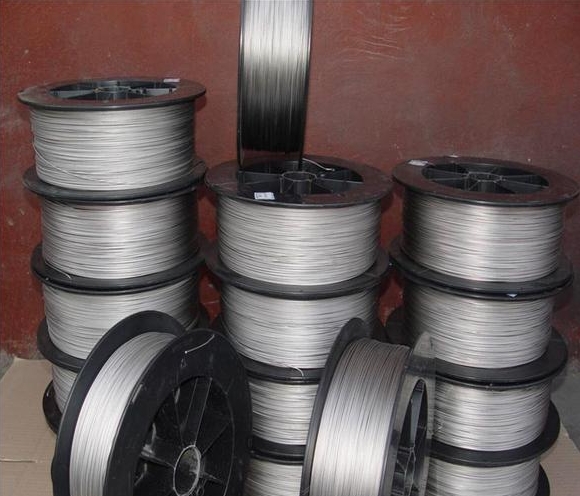
With their outstanding properties and wide range of applications, custom titanium products and titanium alloy wires have become leaders in the materials field. The continuous innovation and development of drawing processes provide robust support for the production and application of this material. We have every reason to believe that in the future, titanium and titanium alloy wires will continue to play significant roles in various fields, bringing more convenience and surprises to our lives.
 English
English  日本語
日本語  한국어
한국어  français
français  Deutsch
Deutsch  русский
русский 























































































